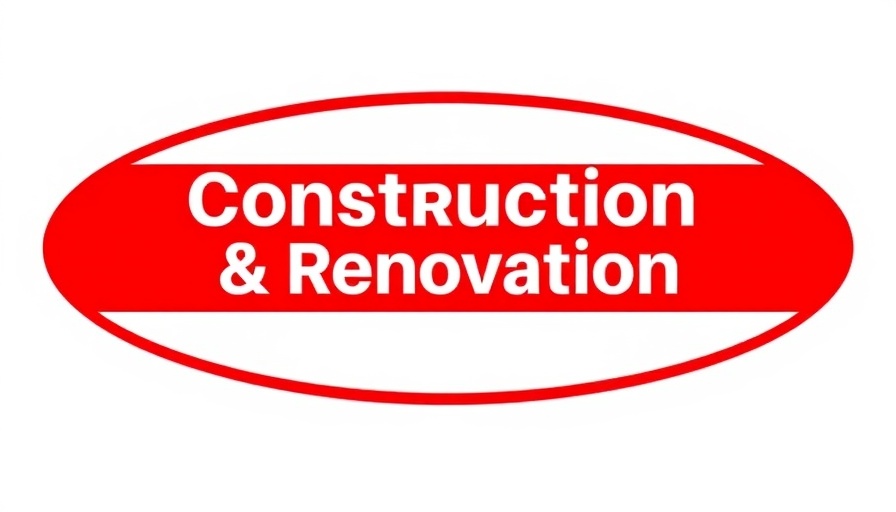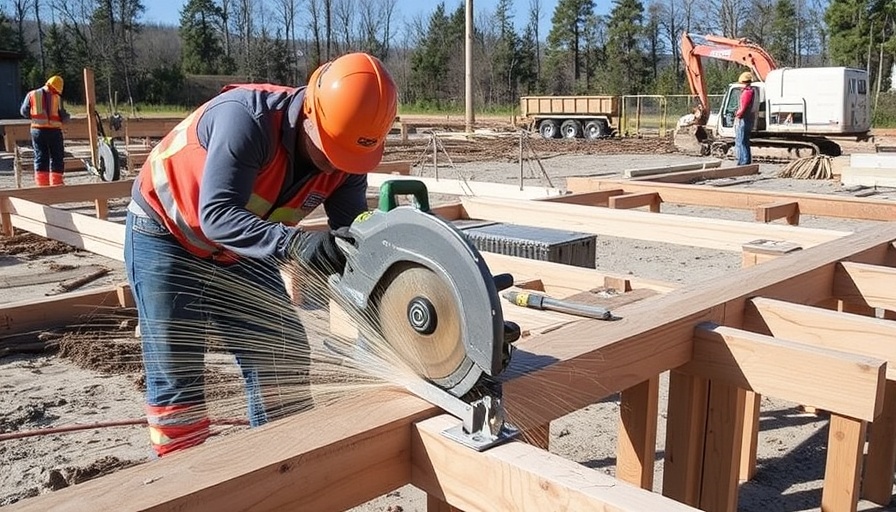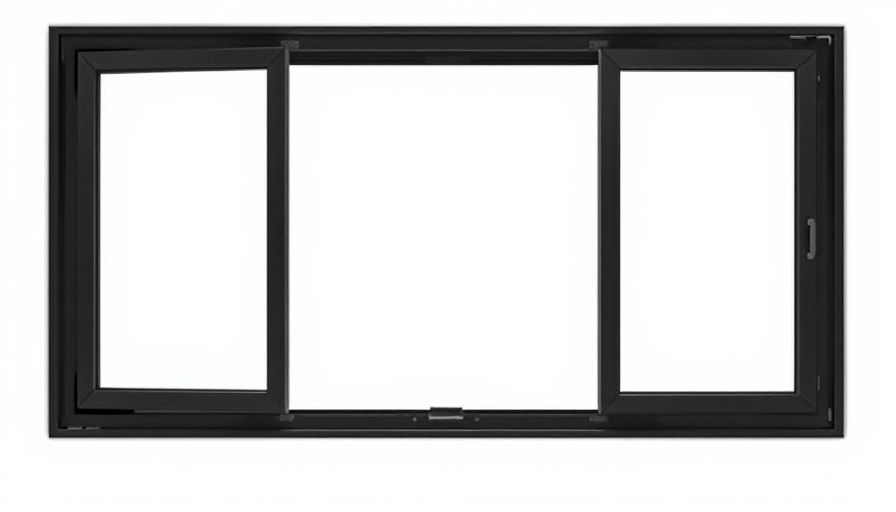
The Invisible Danger: Understanding Radon Gas
Radon is a colorless, odorless gas resulting from the natural decay of uranium found in soil, rock, and water. Though undetectable by human senses, this radioactive gas poses a significant health risk, especially in residential areas. It can infiltrate homes through unseen cracks in foundations, walls, and even through construction joints. This pervasive nature makes it imperative for every homeowner to consider radon testing as a critical component of home maintenance.
The Health Risks of Radon Exposure
According to the Environmental Protection Agency (EPA), radon exposure is the second leading cause of lung cancer in the United States, following tobacco use. This alarming statistic extends beyond smokers; non-smokers are equally at risk, particularly in tightly sealed homes where radon can accumulate to hazardous levels. With family wellness at stake, homeowners are urged to prioritize radon testing as part of their health and safety protocols.
The Pathways Through Which Radon Enters Homes
Radon can infiltrate residences in multiple ways. A common entry point is through gaps in a property’s foundation. It can also enter through openings around pipes, construction seams, and even through the smallest crack in walls and floors. No home is exempt from this threat, making it crucial to test all residences, regardless of location or age. Awareness of these vulnerabilities allows homeowners to take preventive measures that protect indoor air quality.
Why Regular Testing is Essential
Regular radon testing serves as your first line of defense against this silent health hazard. Homeowners can choose between short-term tests, which deliver results in a few days, and long-term tests that offer a more comprehensive overview when conducted for over three months. Understanding both methods can assist in determining the most appropriate testing strategy for your living environment, addressing radon levels proactively and preventing health risks.
Interpreting Your Radon Test Results
Interpreting radon test results accurately is crucial for effective mitigation. If tests indicate elevated radon levels—4.0 pCi/L and above—the immediate next step is to implement mitigation strategies to reduce these levels. Homeowners should not only understand their radon measurements but also act promptly to safeguard their living environments. Consulting professionals may be necessary in interpreting results and executing remedial actions.
Moving Forward: The Call to Action
As a community, we must prioritize health and wellness. Encouraging friends, family, and neighbors to conduct radon tests in their homes can save lives. Awareness leads to action; let’s work together to combat this invisible threat in our communities. For more information or assistance with radon testing, consider reaching out to reputable local services dedicated to ensuring our homes remain safe.
 Add Row
Add Row  Add
Add 




 Add Row
Add Row  Add
Add 

Write A Comment